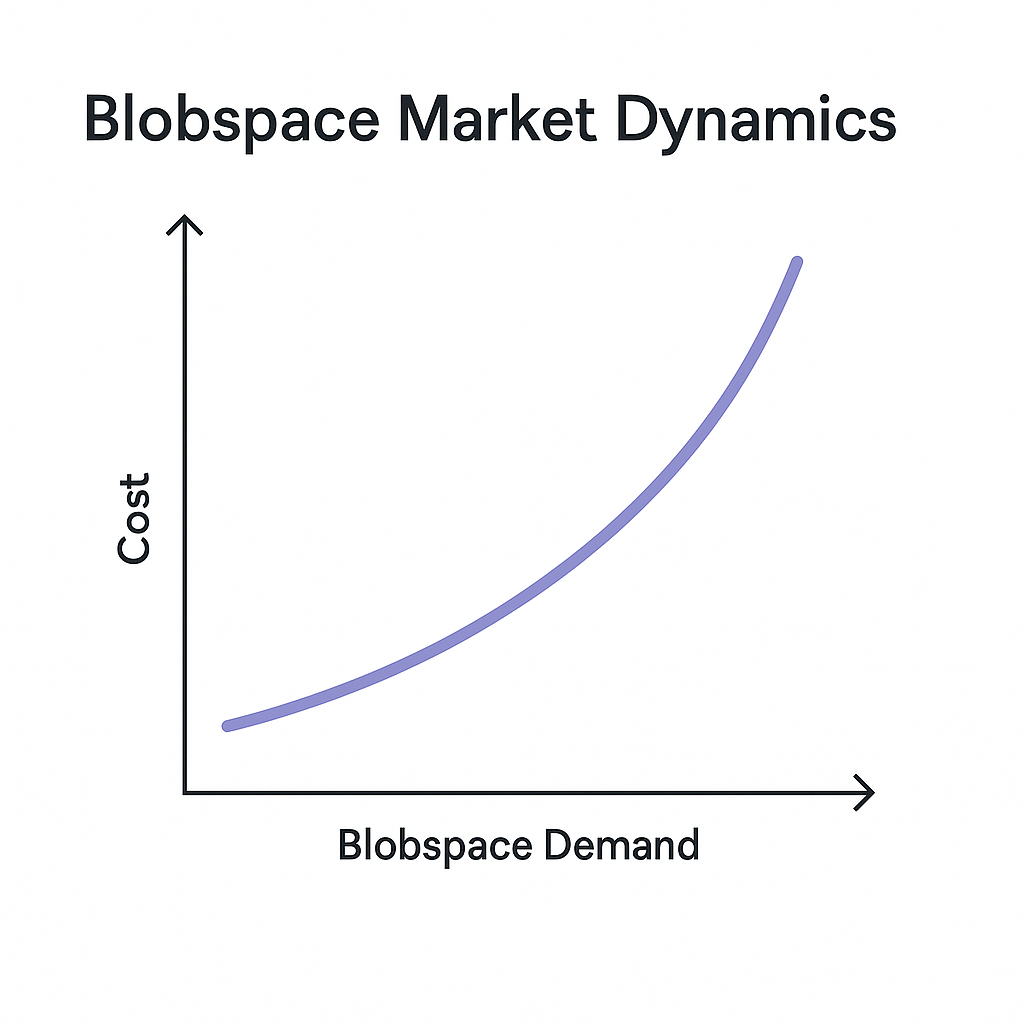Hands-On, Developer Tools, and Future Directions
This module turns to the practical and forward-looking aspects of Celestia. It introduces developer tools, namespaces, and the PayForBlobs mechanism for building rollups. It explains how Rollkit and Blobstream are integrated into rollup architectures and explores future directions such as lazy bridging, zero-knowledge integrations, and blobspace market dynamics. The module concludes with a long-term outlook on modular blockchains and their role in shaping the next generation of decentralized infrastructure.
Getting Started with Developer Tools
For developers who want to build on Celestia, the entry point lies in its developer tooling. The Celestia Developer Portal provides extensive documentation, guides, and software libraries that allow teams to begin experimenting with rollups and data availability almost immediately.
The foundation of this toolkit includes the ability to connect to Celestia’s testnet, configure namespaces, and submit blob transactions through PayForBlobs. Namespaces allow developers to isolate their rollup’s data from others on the network, while PayForBlobs ensures that submitted data is properly priced and included in blocks. These tools make it possible to prototype new rollups without having to design consensus or settlement mechanisms from scratch.
The modular design philosophy of Celestia is reflected in its developer experience. Rather than forcing teams to adapt to a single programming model, Celestia allows execution environments to be integrated with minimal friction. This flexibility lowers the barriers for innovation and encourages experimentation with different types of virtual machines and application logic.
Building Rollups with Rollkit
Rollkit is central to the hands-on process of creating a rollup on Celestia. The framework provides the components necessary to produce blocks, encode them into blobs, and submit them to Celestia for availability. Developers configure Rollkit by selecting an execution environment, whether it be the Cosmos SDK for application-specific blockchains, the Ethereum Virtual Machine for smart contract compatibility, or alternative virtual machines such as Solana VM or Move. Once configured, Rollkit handles the networking and block production logic, allowing developers to focus entirely on their execution layer.
The process of deploying a Rollkit-based rollup involves setting up nodes, defining namespaces, and using blob transactions to publish rollup blocks. Celestia’s data availability sampling ensures that these blocks are verifiable by light clients, while Rollkit abstracts away the complexity of managing consensus. This means that developers can go from design to deployment in a fraction of the time required to launch a traditional blockchain. For many teams, this combination of speed, flexibility, and verifiability makes Rollkit the default choice for sovereign rollup development.
Integrating Blobstream into Rollup Architectures
Blobstream expands the capabilities of rollups by providing compact proofs that data has been published on Celestia. In practice, this means that developers can integrate Blobstream into their rollups to create verifiable data availability guarantees. For optimistic rollups, this ensures that fraud proofs can be executed effectively, since the data is provably accessible. For zero-knowledge rollups, Blobstream allows zk-proofs to be paired with data availability proofs, giving both correctness and accessibility guarantees.
From a developer’s perspective, Blobstream is valuable because it reduces the burden of verification. Rather than downloading and validating large amounts of data, rollups can rely on succinct proofs that can be verified on settlement layers or even within smart contracts. This makes it possible to integrate Celestia’s data availability with execution environments that operate across multiple ecosystems, expanding the range of applications that can securely use Celestia.
The Future of Modular Interoperability
Looking ahead, Celestia and its ecosystem are focused on expanding interoperability and refining the modular model. One area of development is lazy bridging, which allows rollups to communicate with each other across Celestia’s data availability layer without needing to settle on a single chain. By posting data to Celestia under namespaces and using proofs of inclusion, rollups can exchange information while retaining their sovereignty. This creates a new model of interoperability where data availability itself becomes the foundation for cross-chain communication.
Another emerging direction is the integration of zero-knowledge technology into Celestia’s roadmap. As zk-proofs become more efficient, they can be combined with Blobstream to create stronger guarantees about data availability and execution correctness. This would reduce the reliance on trust assumptions and further decentralize verification by allowing light clients and smart contracts to validate both execution and data simultaneously.
Market Dynamics and Blobspace Economics

The economics of blobspace are likely to evolve into a central feature of Celestia’s ecosystem. As more rollups launch and compete for space, blob fees will become a key market signal. Developers will need to model their applications around the cost of data availability, balancing execution needs with blobspace budgets. Over time, secondary markets and fee optimization strategies may emerge, much like gas markets on traditional blockchains, but specifically oriented toward the publication of blobs.
This economic dimension underscores Celestia’s role not only as a technical infrastructure but also as the foundation for a new type of market. Data availability becomes a commodity, priced according to supply and demand, and accessible to any rollup willing to pay for it. Such a model could foster a competitive ecosystem of rollups where efficiency, innovation, and user adoption determine which chains thrive.
Long-Term Outlook
The long-term trajectory of Celestia, Blobstream, and Rollkit points toward a blockchain ecosystem that is more scalable, decentralized, and adaptable than the monolithic designs of the past. Sovereign rollups will likely become more common as projects realize the benefits of full autonomy combined with outsourced data availability. Application-specific chains will proliferate, tailored to niches ranging from decentralized finance to gaming and beyond.
The broader industry may also see Celestia’s modular principles applied to other base layers. Experiments with using Bitcoin for data availability through Rollkit demonstrate the potential for these ideas to extend beyond Celestia’s network. If successful, this could lead to a modular future where multiple base layers provide data availability, while rollups operate independently across them, creating a highly diverse and interconnected blockchain landscape.





